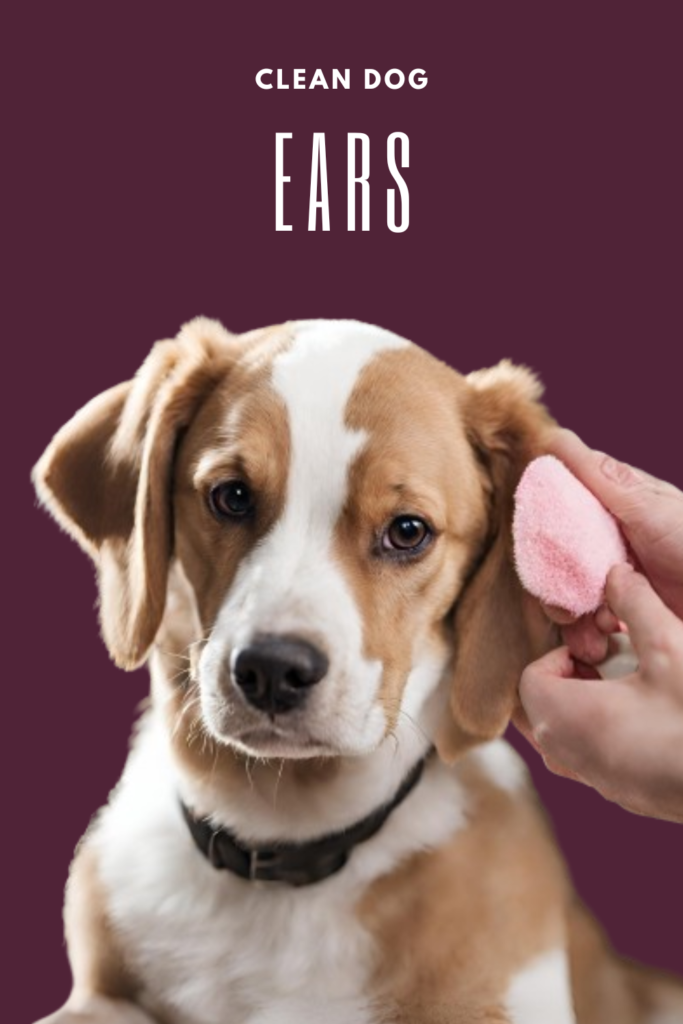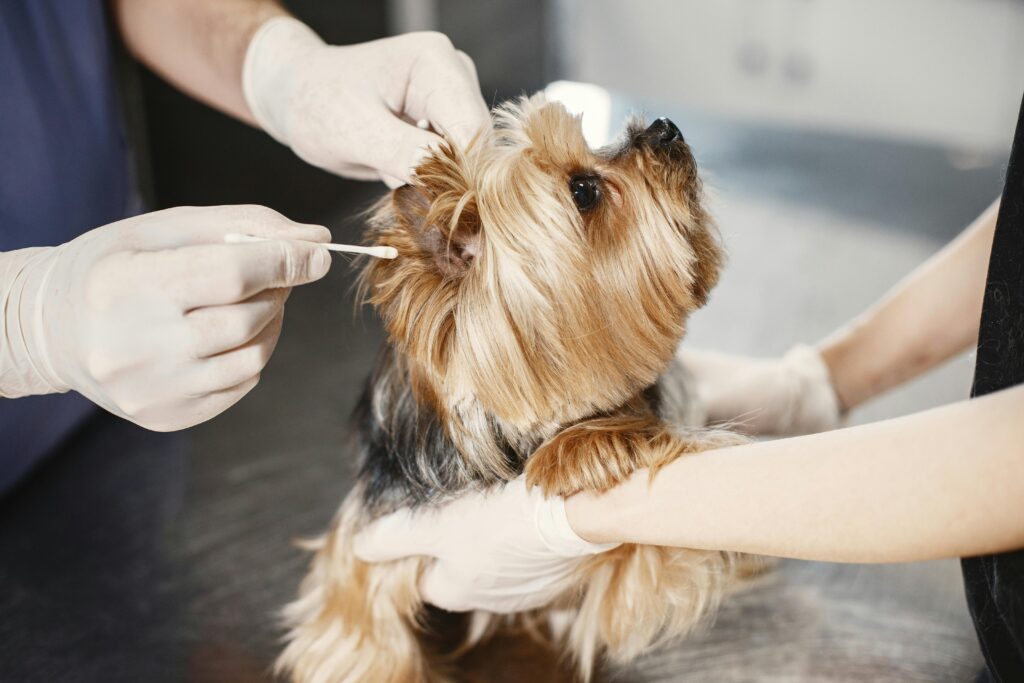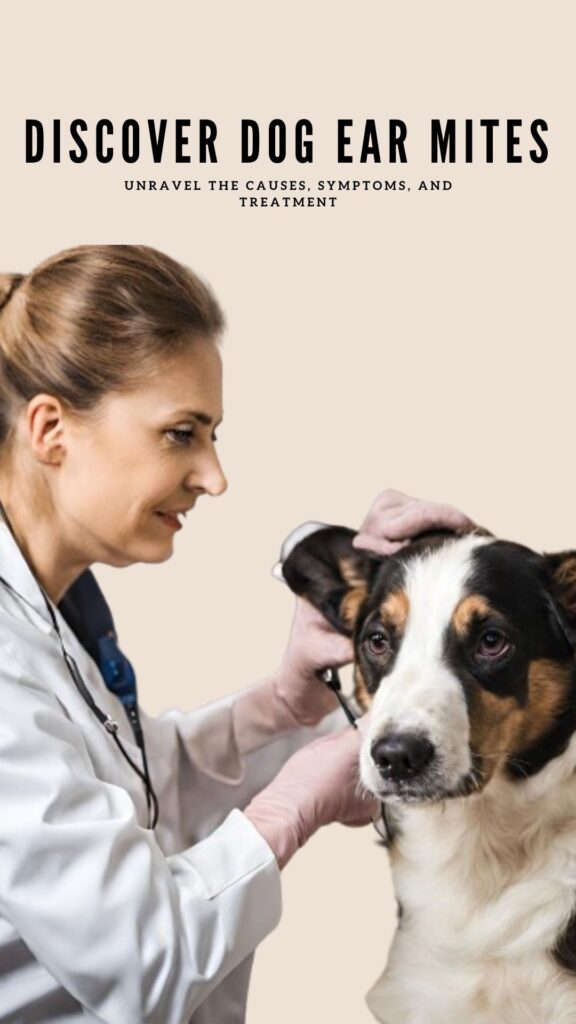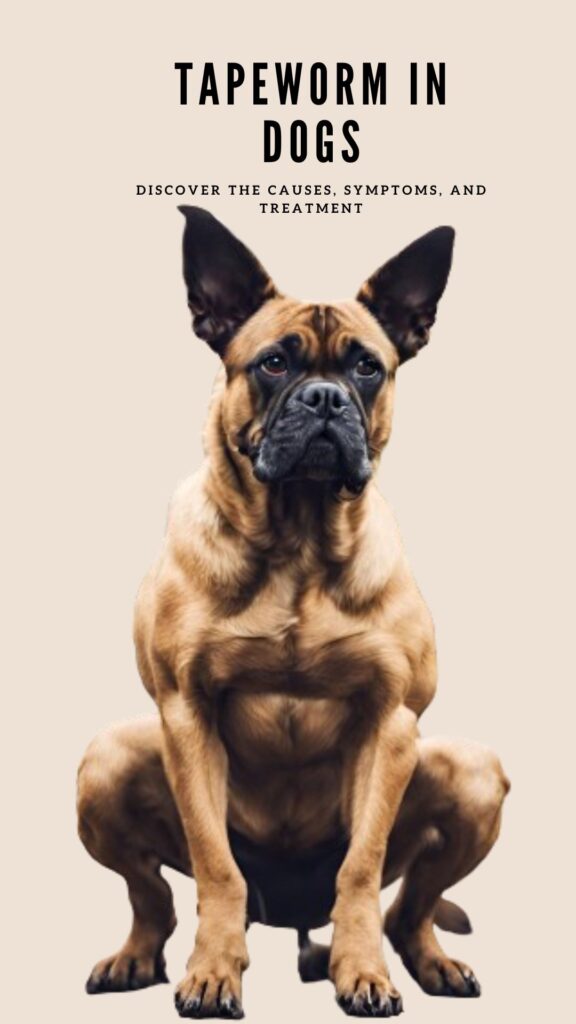Tick Removal from Dogs: All You Need To Know

Tick Removal from Dogs can not only be irritating and uncomfortable for your dog, but they can also transmit dangerous diseases. That’s why knowing Safe Tick Removal from Dogs is crucial for every pet owner. With the right knowledge and techniques, you can protect your loyal companion from harm and ensure their well-being.
Key Takeaways:
- Tick bites can transmit diseases to your dog, so it’s important to know how to remove them safely.
- Ticks can be removed using tools such as tweezers and tick twisters, or alternative methods like nail polish or flea combs.
- Make sure to remove the entire tick, including its head, to prevent any complications.
- Regular tick checks and preventive measures are crucial to keep your dog safe, especially during tick season.
- Consult your veterinarian for more information, related posts, or veterinary assistance to ensure your pet’s health.
Understanding Ticks and the Dangers They Pose
Before we delve into the specifics of tick removal, it’s essential to understand the dangers that ticks can pose to your dog. Ticks are small arachnids that attach themselves to the skin and feed on blood. They can transmit various diseases, including Lyme disease, which can cause serious health issues in dogs. It’s important to be aware of the different types of ticks and the diseases they carry to better protect your pet.
Ticks are commonly found in wooded areas, tall grasses, and brushy environments. When your dog walks through these areas, ticks can latch onto their fur or directly onto their skin. Lyme disease, one of the most well-known tick-borne illnesses, is transmitted through the bite of infected ticks.
The Different Types of Ticks
There are several types of ticks that pet owners should be aware of:
- Deer Tick: Also known as the black-legged tick, these ticks are smaller in size and transmit Lyme disease.
- Brown Dog Tick: These ticks tend to infest dogs more often than other species, and they can transmit diseases like ehrlichiosis and babesiosis.
- Paralysis Tick: Common in certain parts of the world, these ticks produce a potent neurotoxin that can cause paralysis. Immediate removal is crucial.
Ticks have specialized mouthparts that allow them to attach securely to your dog’s skin. They bury their mouthparts into the skin, making it difficult to remove them without proper techniques and tools.

“Pale circular mark with redness around it on a dog’s skin, indicating a recent tick bite.”
Tick-borne diseases can have serious consequences for your dog’s health. Lyme disease, in particular, can lead to joint pain, lameness, fatigue, and even kidney damage if left untreated. The transmission of these diseases is a significant concern, and taking proactive measures to prevent tick bites is crucial.
In the next section, we will explore safe and effective methods for removing ticks from your dog’s skin. It’s essential to remove ticks promptly and properly to minimize the risk of disease transmission and keep your furry friend safe and healthy.
Safe Tick Removal from Dogs
In this section, we will explore safe and effective methods for removing ticks from your dog’s skin. Ticks can be a nuisance and potential health risk to your furry friend, so it’s important to know the proper techniques to remove them safely. We’ll cover different tick removal tools and alternative methods to ensure you’re well-equipped to handle ticks on your dog.
Tick Removal Tools
When it comes to tick removal, having the right tools can make the process easier and more effective. Two commonly used tick removal tools are:
- Tweezers: Fine-tipped tweezers, preferably with a pointed edge, are ideal for safely gripping the tick close to the dog’s skin. Avoid using regular household tweezers, as they may squeeze the tick and increase the risk of disease transmission.
- Tick Twister: A tick twister is a specialized tool designed specifically for tick removal. It has a unique shape that allows you to easily grip the tick at the base and remove it without leaving any mouthparts behind.
Both tweezers and tick twisters are effective in removing ticks, but it’s important to use them correctly to minimize the risk of leaving parts of the tick behind. Always follow the instructions provided with the tool.
Alternative Methods
If you don’t have access to tweezers or a tick twister, there are alternative methods you can try:
- Nail Polish: Applying a layer of nail polish to the tick may cause it to loosen its grip on the dog’s skin. Once the tick is no longer firmly attached, you can use tweezers or a tick twister to safely remove it.
- Flea Comb: A flea comb with fine teeth can also be used to physically remove ticks from your dog’s skin. Gently comb through your dog’s fur, paying close attention to the areas where ticks are commonly found, such as around the ears, neck, and paws. After each combing stroke, carefully check the comb for any ticks.
It’s important to note that regardless of the method you choose, you must remove the entire tick, including its head. Leaving any part of the tick behind can lead to infection or other complications.
Now that you’re familiar with the different tick removal methods, let’s walk through the step-by-step process of safely removing a tick from your dog.
| Step | Description |
|---|---|
| 1 | Prepare the tick removal tool of your choice, whether it be tweezers or a tick twister. |
| 2 | Gently grasp the tick as close to the dog’s skin as possible, using the tweezers or tick twister. |
| 3 | Slowly and steadily pull the tick straight out, applying gentle pressure. Avoid twisting or jerking motions, as this may cause the tick’s mouthparts to break off. |
| 4 | Inspect the tick to ensure that you’ve removed the entire tick, including its head. |
| 5 | Disinfect the area where the tick was attached using an antiseptic. |
| 6 | Dispose of the tick by flushing it down the toilet or placing it in rubbing alcohol to ensure it is dead. |
Remember to observe your dog for any signs of infection or other tick-related complications after tick removal. If you notice any unusual symptoms, consult your veterinarian for further guidance.
Now that you’re equipped with the knowledge of safe tick removal methods, you can confidently protect your dog from ticks and minimize the risk of tick-borne diseases. Regular tick checks and preventive measures, such as using tick collars or consulting with your veterinarian for tick prevention products, are also essential in keeping your dog safe and healthy.
Conclusion
When it comes to dog health, tick prevention should be a top priority for all pet owners. By being proactive and knowledgeable about tick removal and prevention, you can safeguard your beloved furry friend from tick-borne diseases and promote their overall well-being.
Regular tick checks are essential, especially during tick season, to identify and remove ticks promptly. Using dedicated tick removal tools like tweezers or tick twisters ensures that you remove the entire tick, reducing the risk of disease transmission.
In addition to proper tick removal methods, maintaining a clean environment is crucial in preventing flea infestations. Regular cleaning and vacuuming can help eliminate any ticks or fleas hiding in your pet’s living area.
When it comes to tick prevention, there are various options available, including tick collars and spot-on treatments. Consulting with your veterinarian will provide you with the best guidance on which tick prevention method is suitable for your pet’s specific needs.
For more information on dog health, tick prevention, and related posts, don’t hesitate to consult your veterinarian. They are the most reliable source of veterinary medicine and can provide expert advice to keep your pet safe and healthy throughout the year.
FAQ
How do I safely remove ticks from my dog?
To safely remove ticks from your dog, there are several methods you can use. One option is to use tweezers or a tick twister to grasp the tick as close to the skin as possible and gently pull it straight out. Another method is to apply nail polish to the tick, wait for it to detach, and then carefully dispose of it. You can also use a flea comb to comb through your dog’s fur and remove any ticks you find. Remember to always remove the entire tick, including its head, to prevent further complications.
Are ticks dangerous to dogs?
Yes, ticks can pose serious dangers to dogs. They can transmit various diseases, including Lyme disease and other tick-borne illnesses. These diseases can cause symptoms such as fever, joint pain, lethargy, and even more severe health issues if left untreated. It’s important to take preventive measures and regularly check your dog for ticks to protect their health.
How can I prevent ticks on my dog?
There are several ways to prevent ticks on your dog. You can use tick prevention products such as tick collars or topical treatments recommended by your veterinarian. Keeping your yard well-maintained, avoiding tall grass and wooded areas, and regularly checking your dog for ticks can also help prevent infestations. Additionally, you can ask your veterinarian about tick control options for your specific location and situation.
When is tick season and should I be more cautious?
Tick season can vary depending on your location, but it typically occurs during the warmer months. Ticks are most active from spring through fall when the weather is favorable for their survival. During tick season, it’s crucial to be more cautious and proactive in preventing ticks on your dog. Regularly check your dog for ticks after outdoor activities, avoid areas with known tick populations, and consider using tick prevention measures.
Should I be concerned about tick-borne diseases for my dog?
Yes, you should be concerned about tick-borne diseases for your dog. Tick-borne diseases, such as Lyme disease and other infections, can cause serious health issues and even lead to long-term complications if left untreated. It’s important to be aware of the symptoms of these diseases and seek veterinary care if you suspect your dog has been exposed to ticks or is displaying any concerning symptoms.
Where can I find more information or seek veterinary assistance?
For more information or veterinary assistance, we recommend consulting your veterinarian. They can provide you with the most accurate and up-to-date information on tick prevention, removal, and any potential health risks for your specific location and situation. Your veterinarian is your best resource for ensuring your dog’s health and well-being.











